
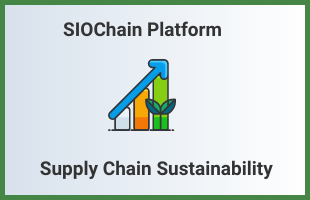
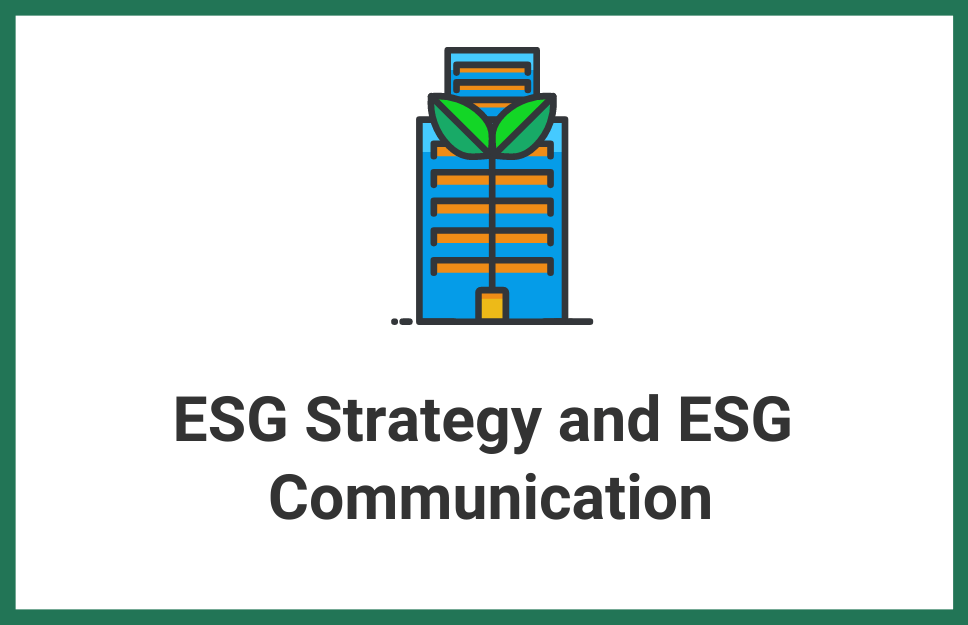
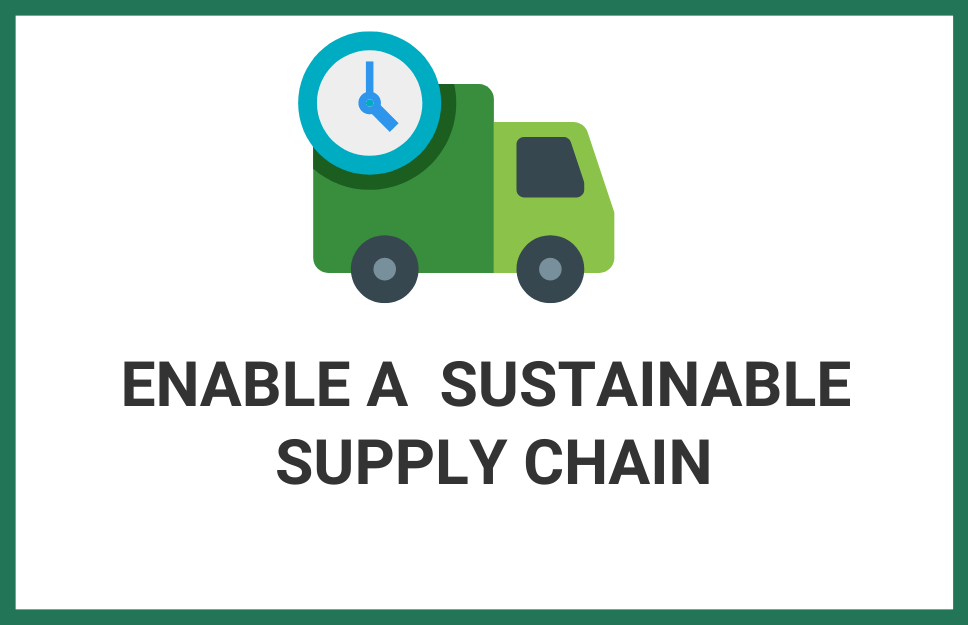


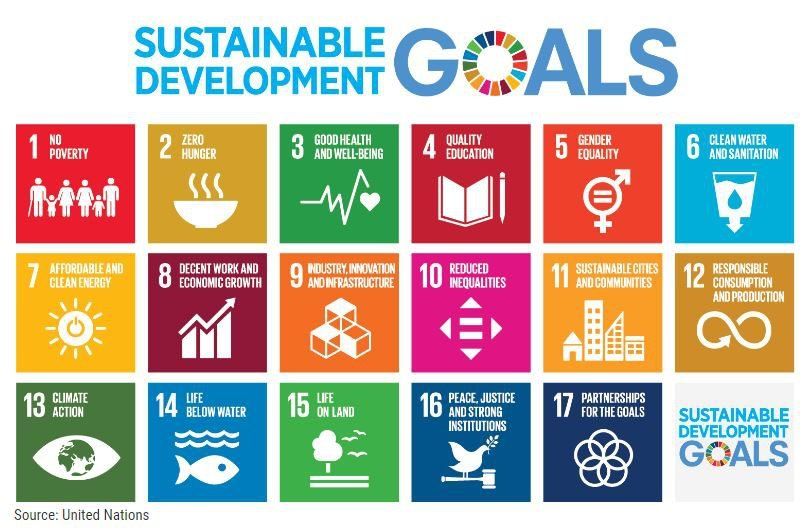
Understand the existing impact (Micro Environment): This strategy is what we call as a “low hanging fruit”; a common expression that refers to those initiatives that represent relatively easy changes to demonstrate a business case for sustainability and ESG. This could be as easy as looking inside the owned operations or product categories that can be transitioned to green opportunities.
For instance, enabling operations supported by renewable energy might be an upfront cost, but could be a massive cost advantage in the long run. This is especially when the cost of renewable energy is getting lower each day. This combined by government grants and tax benefits presents great sustainability opportunity that companies can leverage. As an example, Intel leads the US Environmental Protection Agency’s (EPA) Green Power Partnership National Top 100 list, which represents the agency’s largest green power-using partners. Moreover, it is interesting to note how Intel has since embedded renewable energy strategy into its own business model.
Moreover, a move to operations driven by renewable energy may get noticed by institutional and retail investors as one of the key components of your sustainability transition, driving further interest by sustainability driven investors.
Sustainability exposure through new investments (Macro Environment): Companies can identify existing and scalable opportunities through investments in opportunities that may exist in the macro environment. A couple of former executives from a well-known company, Algonquin Power & Utilities invested in Sustainability and Societal infrastructure. The group found an opportunity with Lion Electric, a Canadian company already delivering electric vehicles in the mid-size commercial segment.
They raised near to $300 M through a Special Purpose Acquisition Vehicle (SPAC) name Northern Genesis Acquisition (or NGA) that intends to focus on opportunities making a positive contribution to sustainability through the ownership, financing, and management of societal infrastructure. Note that SPACs have gone through its ups and downs but this was one SPAC that made it through an IPO making NGA officially becoming LEV on the stock exchange.
ESG and product opportunities: Nike has made a few positive changes to its environmental practices, including introducing some new sustainable products, which primarily are made of 50% or more recycled materials per Nike. It is also a member of sustainable apparel coalition which is a good marketing strategy to support its sustainability strategy.
This is an excellent example of how companies can leverage an opportunity to identify, create and then launch product lines that aligns with their overall sustainability strategy, again, which is very attractive to the sustainable investing ecosystem. Finding similar opportunities in existing product lines or developing new product lines expands a company’s business model through good ESG and sustainability practices. Similar strategies paired with a good ESG communication initiatives is bound to be noticed by all stakeholders and investors.
Sustainability transition through acquisitions: Companies with existing operations or product categories can increase their sustainability / ESG exposure through acquisitions of companies innovating in the green sector. Companies usually invest in such companies in the beginning, followed by a full acquisition approach. This brings in a new product or an altogether new segment of offerings. This strategy aligns well with mining, manufacturing or in the energy sector.
Although Sustainability and ESG is welcomed within these sectors, it is difficult to accommodate environmental sustainability (or the ‘E’ of ESG) in the existing business model. Acquisitions of green companies is an excellent business strategy to add sustainability to expand green offerings ( and financial statements ), largely seen by investors as a positive step towards a sustainability transition. Exxaro Resources acquisition of cennergi is a good example of an acquisition strategy to bring in sustainability in the mix.
The above is few, nonetheless important strategies for companies to leverage in their journey to ESG and sustainability. The mentioned or other innovative ESG strategies are very attractive to governments, customers and investors; and companies can then confidently call themselves as "a sustainable company".



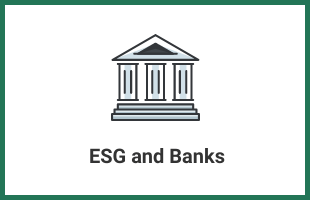




1, Rockefeller Plaza, New York City, NY, United States, 10020 I 1-888-502-6838 | team@thesustainability.io
copyright © 2018 - 2022 theSustainability.io, All rights reserved